Bees are highly social insects with an incredibly organized colony structure. Within a beehive, every bee has a defined role, and the entire colony works in perfect synchronization—just like clockwork. This coordination is deeply embedded in the bees’ life cycle. In this article, we explore each stage of the bee life cycle and explain the different roles of queens, workers, and drones, highlighting how their development paths diverge.
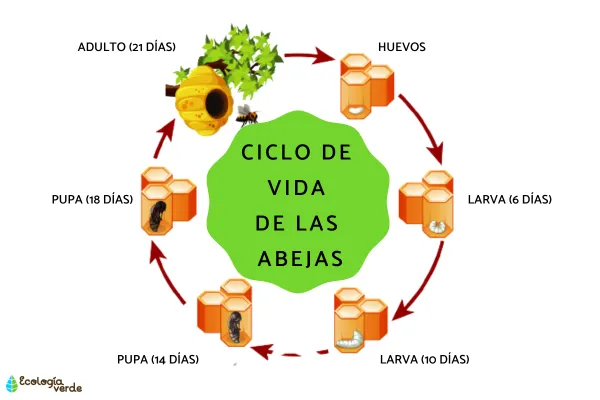
Bees belong to the arthropod phylum. These invertebrates have segmented bodies, jointed limbs, and an exoskeleton. Bees undergo complete metamorphosis, consisting of four key stages:
Egg
Larva
Pupa
Adult
Each stage brings drastic physiological and structural changes that eventually result in a fully functional adult bee.
The cycle begins when the queen bee lays an egg in a cell within the honeycomb. The queen is the only fertile female in the colony and can lay up to 2,000 eggs per day. Each egg receives careful attention from worker bees. In solitary bee species, mothers prepare food in advance for their larvae, whereas social bees rely on worker bees to feed the developing young.
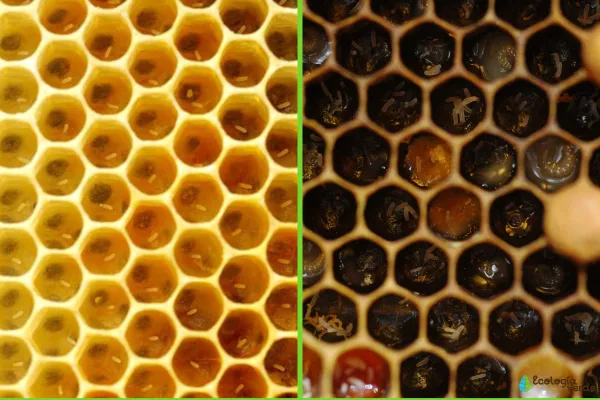
After approximately 3 days, the egg hatches into a larva—a small, legless, wingless, white grub. The larva’s only task is to eat and grow. It molts several times, reaching a size of 5–6 cm. Nutrition during this stage determines the bee’s future role:
Queen larvae are fed a diet of pure royal jelly.
Worker larvae receive diluted royal jelly initially, followed by a mix of pollen, honey, and enzymes known as “bee bread.”
This larval stage lasts around 4 to 9 days, after which the cell is capped and the larva begins pupation.
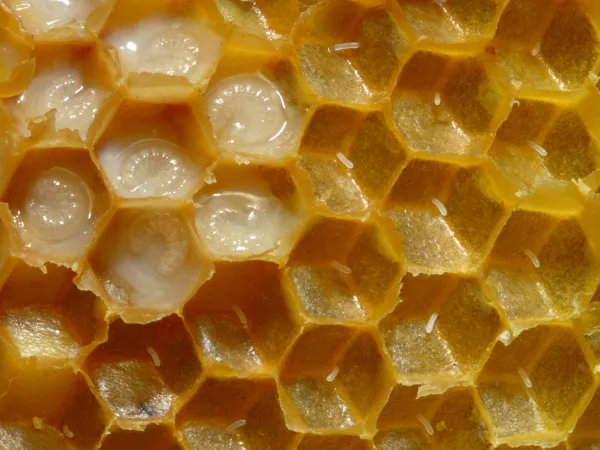
In the pupal stage, the larva undergoes metamorphosis inside a sealed cell. Its body restructures to form a head, thorax, abdomen, legs, wings, eyes, and—for females—a stinger.
Duration: 10 to 23 days (species-dependent)
No food is consumed during this stage
At the end, the bee chews its way out of the cell as a fully formed adult
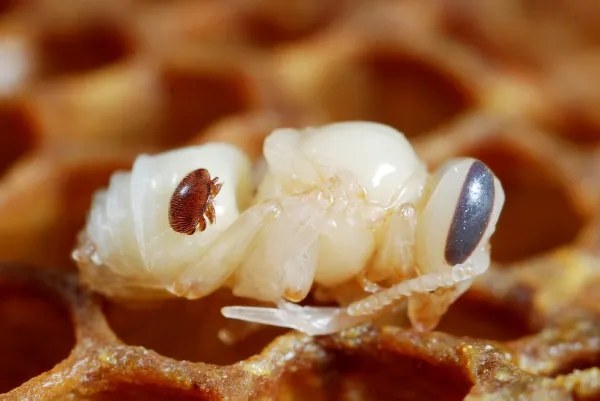
Whether a bee emerges as male or female depends on whether the egg was fertilized:
Unfertilized eggs → male drones
Fertilized eggs → female queens or workers
Let’s now examine the specific life cycles and responsibilities of each type of bee.
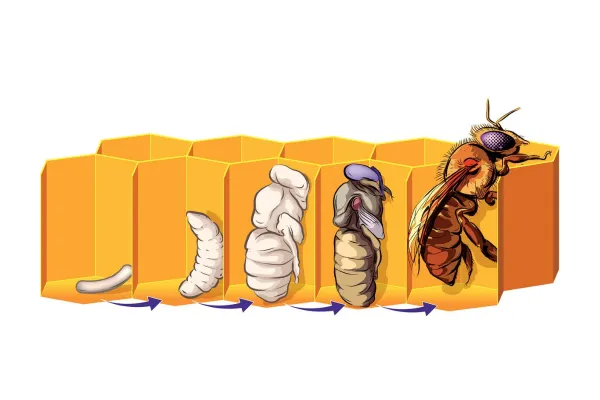
The queen bee is raised in a larger special cell and receives a continuous supply of pure royal jelly, triggering her reproductive development. Her life cycle follows this timeline:
Hatching: The egg hatches in 3–5 days.
Larva: Grows for 5 more days while consuming only royal jelly.
Pupa: Metamorphosis occurs over 7 days.
Emergence: A fully formed queen emerges.
Orientation Flights: Two days after emerging, she begins reconnaissance flights.
Mating Flights: 7–10 days post-emergence, she mates with 10–16 drones mid-air.
Egg Laying: Around day 14, she begins laying eggs and continues throughout her life.
The queen stores up to 5 million sperm cells in her spermatheca, allowing her to lay eggs for years. A queen’s lifespan ranges from 2 to 5 years, and she is replaced once her fertility declines.
Worker bees are sterile females that make up the majority of the colony. Their life cycle is as follows:
Egg (3–5 days)
Larva (6 days): Fed royal jelly and then bee bread.
Pupa (12 days): Undergoes metamorphosis.
Adult: Begins work immediately after emerging.
First 21 days (House bees):
Clean cells
Produce wax and build honeycomb
Feed larvae
Store nectar and pollen
Guard hive entrance
Fan wings to regulate hive temperature
After 21 days (Foragers):
Collect nectar, pollen, and water
Active mainly from spring to summer
Lifespan: About 6 weeks
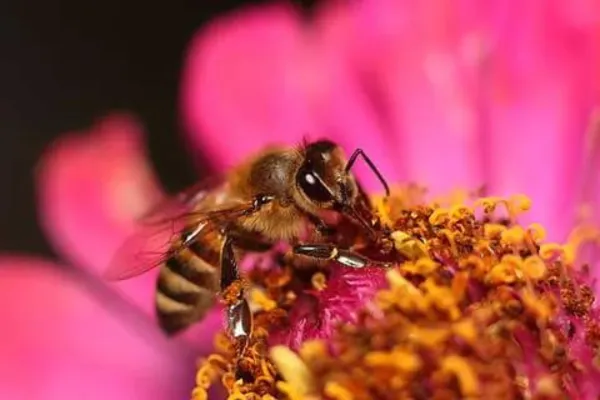
Drones are the male bees and originate from unfertilized eggs. Their development includes:
Parthenogenesis (3 days): Egg forms without fertilization.
Larva (7 days): Fed and sealed in a cell.
Pupa (14 days): Undergoes complete metamorphosis.
Adult:
Becomes sexually mature between 12 and 24 days.
Primary role: mate with a virgin queen during mating flights.
Dies immediately after mating as reproductive organs are left inside the queen.
Before mating, drones may perform light duties like food distribution, but they are ejected from the hive outside the mating season.
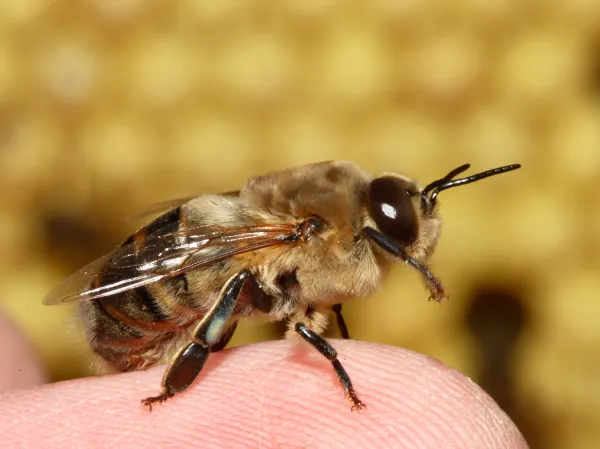
The life cycle of bees showcases the marvels of nature’s design—each type of bee plays a crucial role in sustaining the colony. From the industrious worker to the fertile queen and the short-lived drone, every phase and function is vital.
For more fascinating insights into bee behavior, communication, and colony structure, be sure to explore our additional articles on bees.
Bibliografía
Valega, O. (2016). La vida en la colmena. Disponible en http://www.apicultura.entupc.com/nuestrarevista/nueva/notas/ciclo-de-la-abeja.htm
Cooper, O. (2021). Guía de apicultura para principiantes. Disponible en: https://books.google.com.mx/books?id=e_sVEAAAQBAJ&hl=es&source=gbs_navlinks_s
animal tags: Bees
We created this article in conjunction with AI technology, then made sure it was fact-checked and edited by a Animals Top editor.